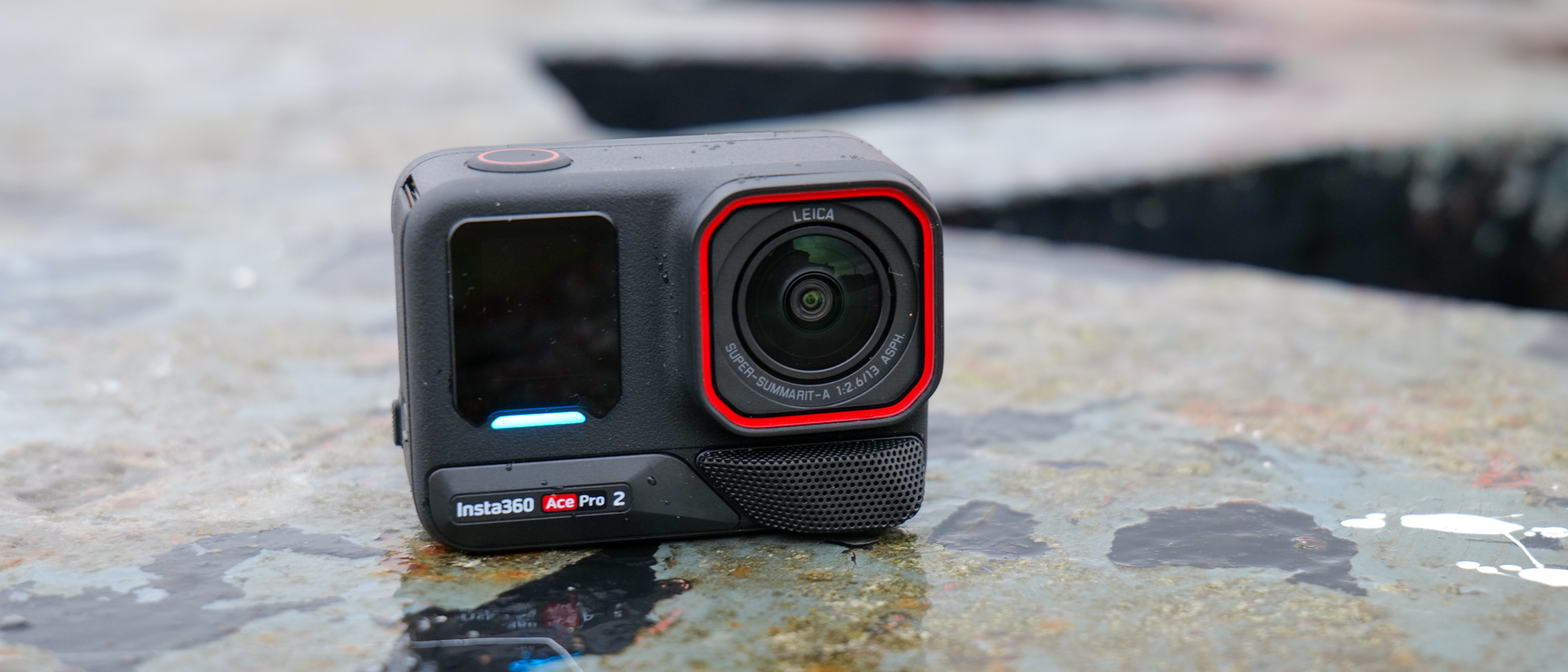TechRadar Verdict
Can the Ace Pro 2 record 8K video? Yes – but that’s not what makes it a great camera. It’s small, lightweight and rugged too, of course, but the real appeal of Insta360’s flagship action cam lies in its all-round video capabilities. Thanks to excellent stabilization and the I-log picture profile, aficionados not afraid to dive into a video editor can achieve great things in regards to dynamic range and color – with 4K video rather than 8K. It’s also strong in low light situations – at least by action cam standards. The Ace Pro 2 is another excellent flagship camera to consider alongside competitors like the GoPro Hero 13 Black and DJI Osmo Action 5 Pro.
Pros
- +
Excellent all-round video
- +
Good low-light image quality
- +
Impressive audio from built-in mics
- +
Works slickly with Insta360 mobile app
Cons
- -
No built-in storage
- -
Flip screen might not appeal to some
- -
8K recording comes with lots of caveats
Why you can trust TechRadar
Come for the promise of game-changing 8K action cam footage, stay for the genuinely great-looking, great-sounding 4K footage. That’s the top-line story with Insta360’s new flagship action camera, the Ace Pro 2, which makes a big deal of its class-leading 8K video resolution – even if it’s a feature very few owners will end up using due to its file sizes and various limitations.
What they’ll quickly discover instead is that the Ace Pro 2 excels at delivering smooth, stabilized and crisp-looking 4K footage, which it can capture at up to 60fps in regular video modes and 120fps for slow motion playback purposes. It’s particularly impressive in low light conditions (at least by action camera standards) and offers log recording to support post-production tweaking to color and exposure settings.
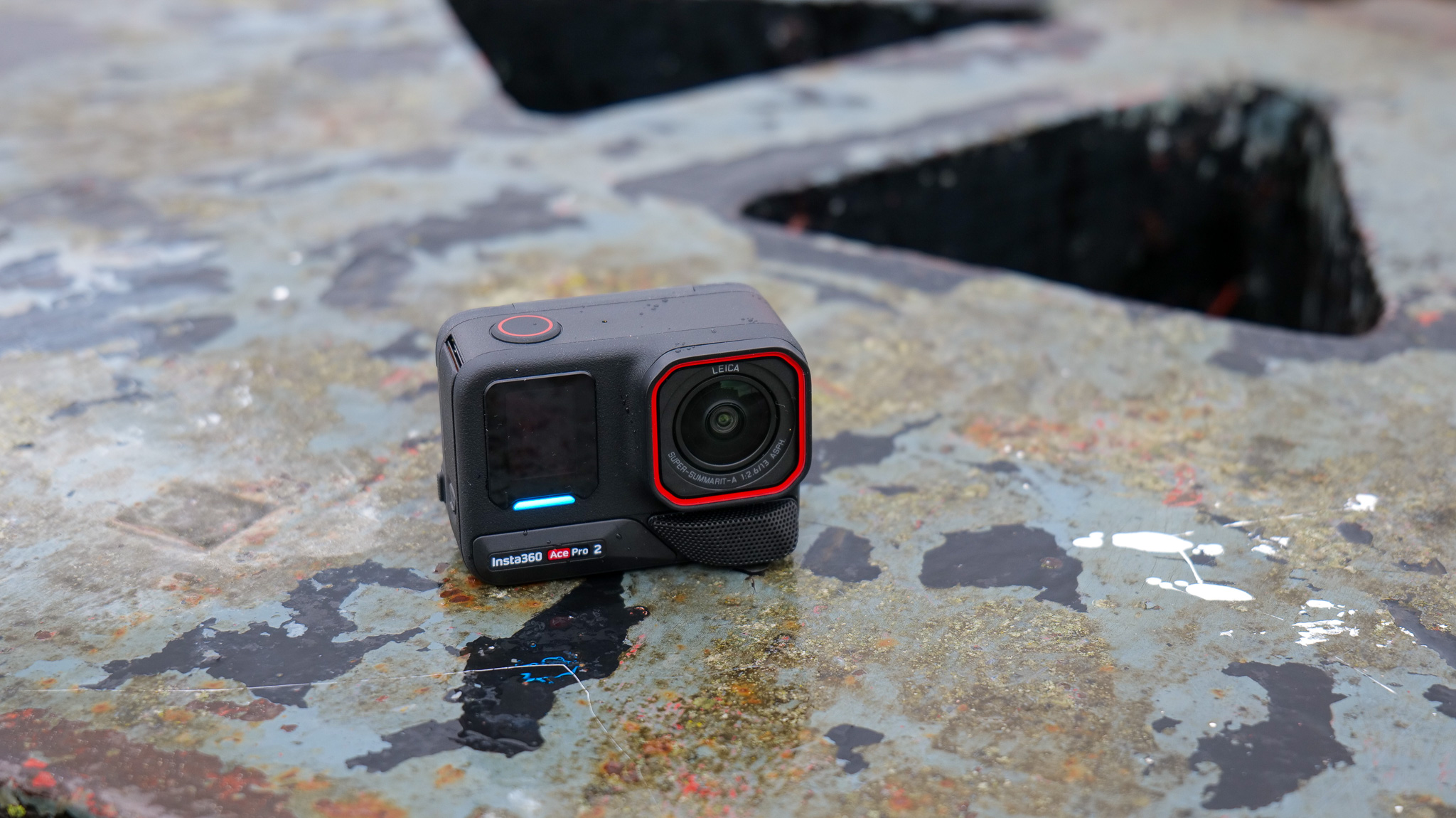
It does all of the above while offering the usual action cam advantages: it’s small, lightweight, waterproof, rugged, simple to operate, blessed with long battery life and able to be fixed onto all manner of first- and third-party accessories like selfie sticks, mini tripods, bike mounts and helmet mounts.
With all that being said, there’s not a lot between any of the main three action camera flagships at this point (the other two being the DJI Osmo Action 5 Pro and GoPro Hero 13 Black). The Insta360 Ace Pro 2 does distinguish itself from its rivals not only with the 8K recording option but its single flip screen, which offers a larger display than the camera’s dual-screened competitors.
Put simply, the Ace Pro 2 warrants careful consideration for anyone shopping for a fully featured flagship action camera, and fully deserves its place as an alternative to its DJI and GoPro competitors.
Insta360 Ace Pro 2: price and release date
- Priced from $399.99 / £389.99 / AU$689.99
- Available from October 22 2024
- Sold in Standard and Dual Battery Bundles
The Ace Pro 2 is available to order from October 22 2024, and sold via the Insta360 web store and a host of other online retailers.
There are two packages available at launch. The Standard Bundle ($399.99 / £389.99 / AU$689.99) contains the camera, a wind guard, a microphone cap, one battery, one standard mount and one USB-C cable. The Dual Battery Bundle ($419.99 / £409.99 / AU$719.99), as its name suggests, features two batteries rather than one, but is otherwise the same.
Note that neither of Insta360’s bundles come with a memory card which, given the Ace Pro 2’s lack of built-in storage, is something you’ll need. So, if you don’t already have a microSD card, make sure to obtain one at the same time as the camera. It accepts cards up to 1TB in capacity.
The Ace Pro 2’s pricing is in the same ballpark as its closest action camera competitors such as the GoPro Hero 13 Black and DJI Osmo Action 5 Pro (although, at around $50 cheaper, the latter would leave you a little extra money left over for accessories).
- Price score: 4/5
Insta360 Ace Pro 2: key specs
| Sensor: | 1/1.3-inch |
| Video: | 8K/30p, 4K/120p, FHD/240p |
| Photo: | 50MP / 12.5MP |
| Screen: | 2.5-inch flip touchscreen |
| Video modes: | Video, FreeFrame Video, PureVideo, Slow Motion, Starlapse, Timelapse, TimeShift, Loop, Dashcam, Pre-Recording |
| Connectivity: | USB-C 3.0, Bluetooth 5.2, Dual-band Wi-Fi |
| Weight: | 6.3oz / 177g |
| Dimensions: | 71.9 x 52.2 x 38mm |
Insta360 Ace Pro 2: design and handling
- Integrated microphone wind guard
- Waterproof to 12m/39ft
- Flip-up touchscreen
- Quick-release magnetic mount system
The Ace Pro 2 looks a lot like the original Ace Pro. A quick side-by-side comparison reveals a few minor differences in styling and size, but it shares the same standard action camera look – blocky, squat and with as few buttons as possible – and red and black color scheme. The detachable, replaceable lens guard has been upgraded according to Insta360, giving a small boost to its protection and dive capabilities.
Probably the biggest difference of note is the new microphone wind guard, a removeable metal grille, lined with acoustic foam, that protects the front mic port from wind noise. It’s inconspicuous and adds virtually nothing size-wise, so can be left in place most of the time while the camera is in use.
The only time it needs to be removed and replaced by the standard mic cap is during underwater use. On that note, the Ace Pro 2 can dive to a depth of 39ft / 12m without additional protection (a slight improvement on the 33ft / 10m of the Ace Pro). Bolder swimmers can fit the optional dive case accessory and take it all the way down to 197ft / 60m.
The control system is simple and straightforward, with only two physical buttons on the Ace Pro 2 itself: one on the side to power it on and off, which doubles as a shooting mode switcher; and a shutter button on top. Everything else is taken care of via touchscreen controls or, if you prefer, the Insta360 mobile app (more on that in the next section of this review). I found the touchscreen controls generally simple: you swipe down to open the main settings menu; right to open the gallery; left to open settings for the current shooting mode; or up to open yet more settings for the current shooting mode.
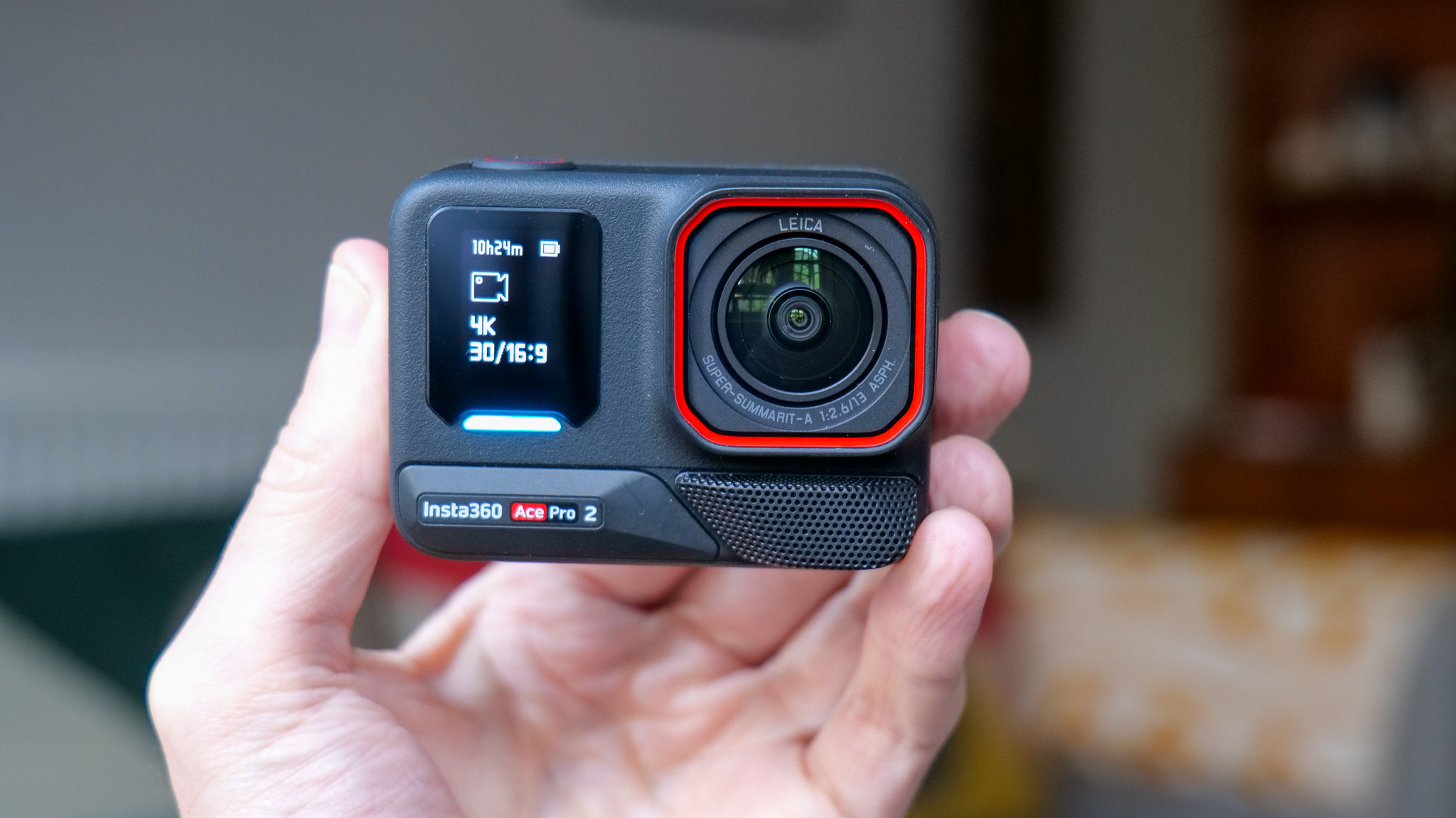
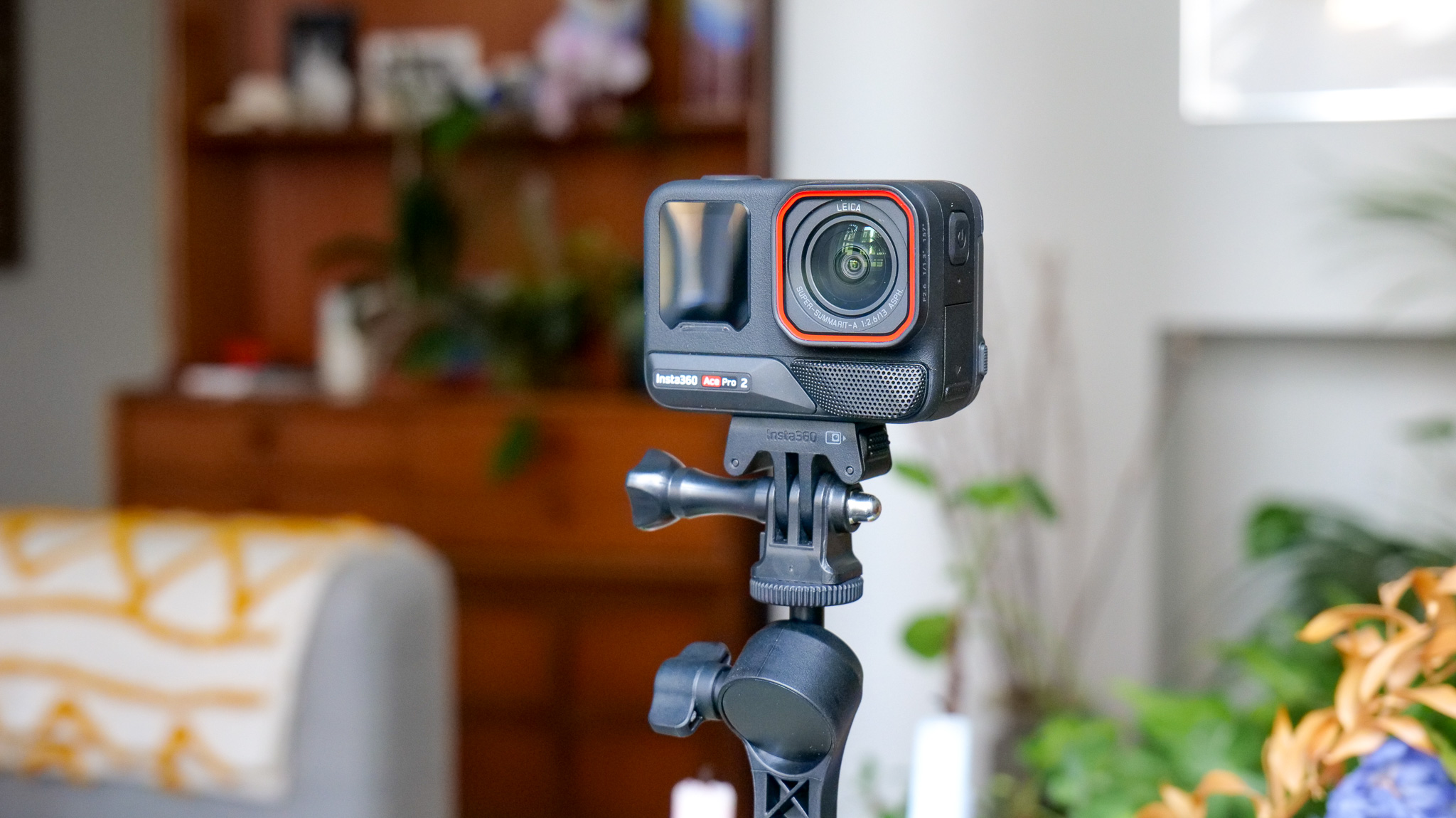

The screen itself is a major differentiator between Insta360’s action cameras and those of its main rivals GoPro and DJI. The Ace Pro 2, like the Ace Pro, uses only one screen where its competitors put one at the back and one at the front (that front screen you see is just for menus). The screen here, a nicely crisp and colorful 2.5-incher, can flip up 180º to face forwards, which has its plus and minus points for me. The plus is that it’s a lot bigger than the front-facing screens you get on those rival cameras, giving you a clearer view and more space for touchscreen tapping (it also doubles as a t-shirt clip or bite adapter for POV shots). The minus is that you have to physically flip it back and forth every time you switch from front to back shooting, which is more effort than simply spinning the camera round and continuing to shoot.
One thing I do like a lot is the magnet- and clip-based mounting system, which allows for fast fixing and unfixing of the Ace Pro 2 to mounts and accessories. This is similar to the systems used by the DJI Osmo Action series and latterly the GoPro Hero 13 Black, however, so I can’t say the Ace Pro 2 does any better than its rivals here.
The Ace Pro 2 has two secure flaps on its body, which lock in place when closed and require a button press to open. One flap protects the microSD card slot and USB-C port, while the other protects the removable battery.
- Design score: 4.5/5
Insta360 Ace Pro 2: features and performance
- 1800mAh battery and Endurance Mode
- Compatible with Insta360 Android/iOS app
- Two levels of electronic image stabilization
The Ace Pro 2’s removable batteries boast a larger capacity than the Ace Pro’s (1800mAh opposed to 1650mAh). Insta360 claims it can record for longer as a result, providing a figure of 180 minutes of 4K/30p recording on a full charge – a lot better than the 100 minutes offered by the original camera. Keen to find out if these claims hold water, I performed my own tests. I found that I could get 69 minutes of stabilized HDR footage at 4K/60p. Switching the camera into Endurance Mode, which limits video resolution and frame rate and turns off certain functions, I was able to record about 140 minutes at 4K/30p before the battery died. So, not quite as high as Insta360 claim, but impressive nonetheless.
The battery also supports reverse charging via USB-C, so in a pinch you can use the Ace Pro 2 as a portable power bank for your phone or other portable gear. The USB also supports a webcam function when plugged into a computer.
Overheating can be an issue, if not a major one. When recording at 8K resolution, the Ace Pro 2 will eventually get too warm to function and shut itself down as a result. I tested it at room temperature conditions, finding it was able to record 8K/30p footage for 43 minutes before overheating, and think that’s fine. 8K recording is probably something you’ll use situationally rather than all the time, after all.
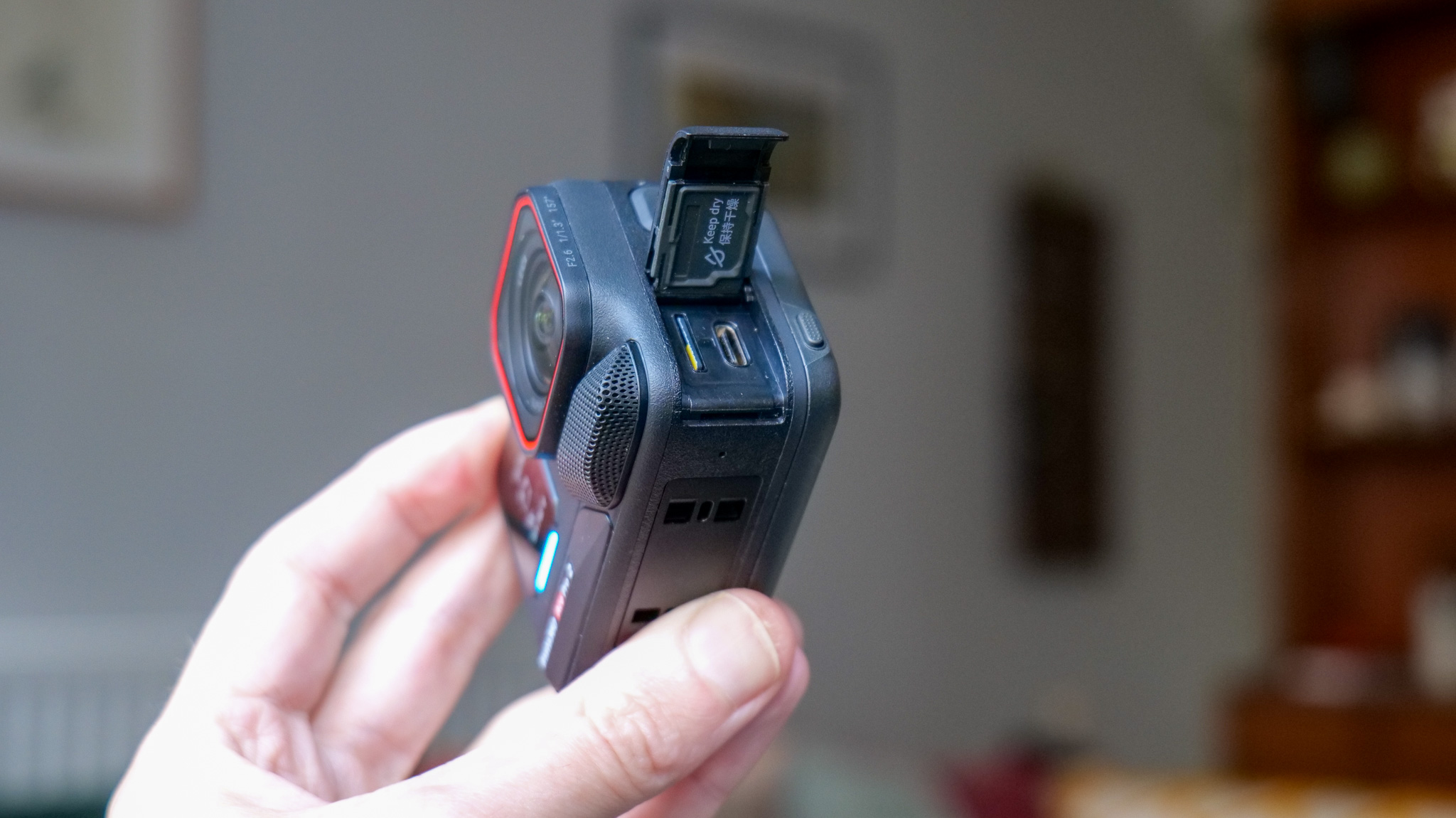
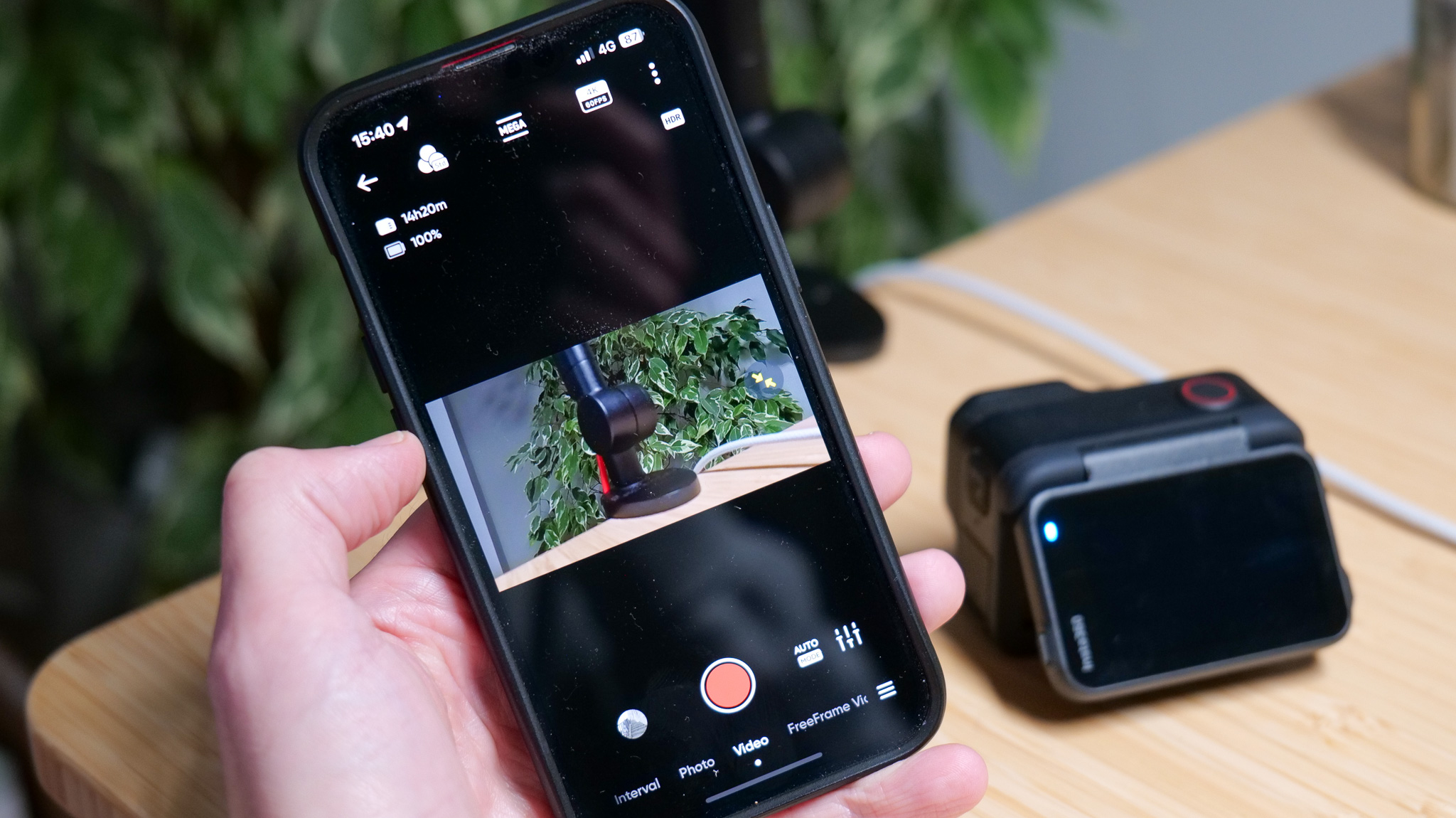
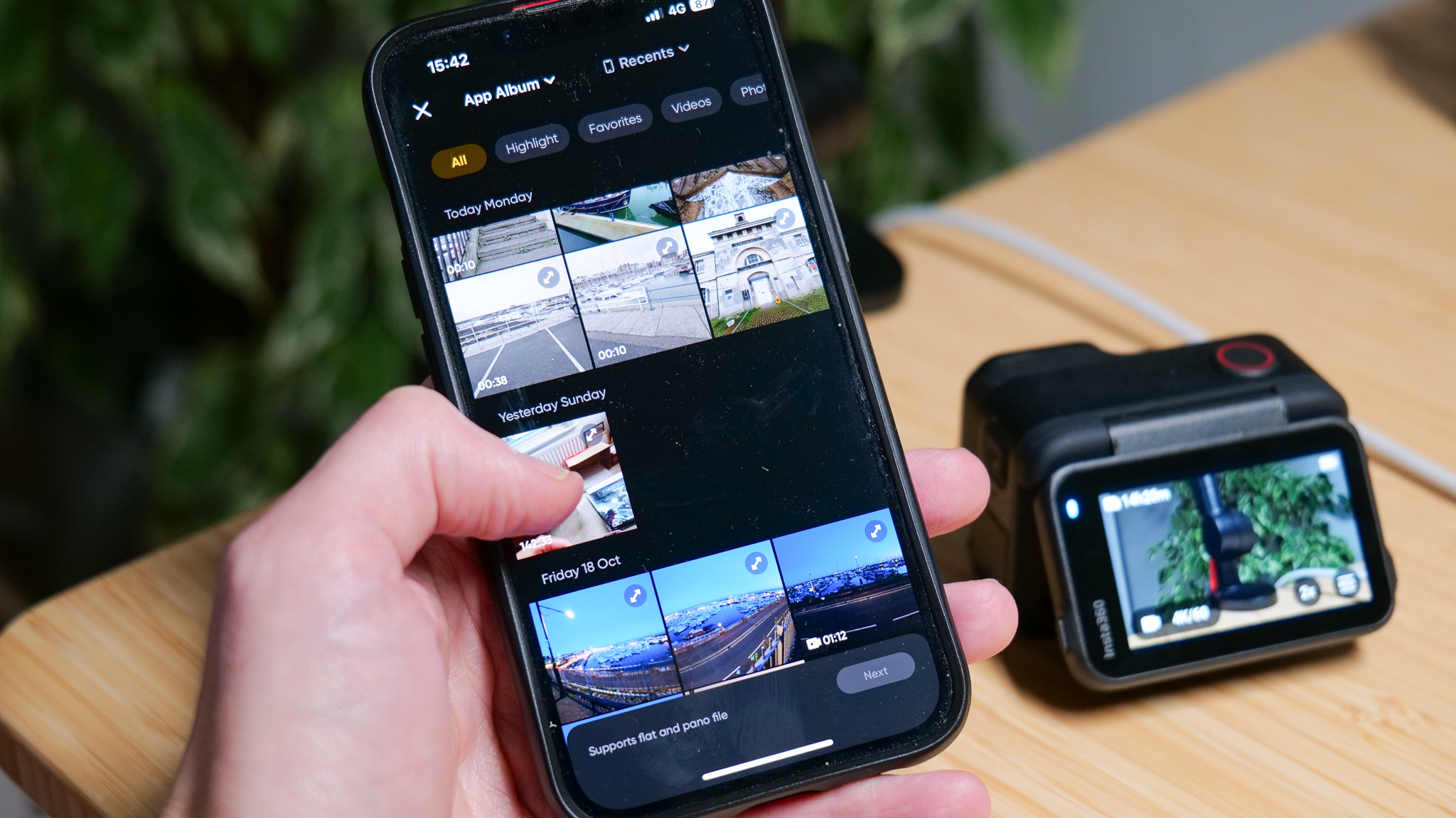
As mentioned above, one way to control the Ace Pro 2 is using the Insta360 smartphone app. Connecting via Wi-Fi, it allows users to change the camera settings (and update its firmware), take photos and videos, browse through photos and videos they’ve taken, edit together content and share it on social media. I’ve always found the app an intuitive and stable method of remotely controlling Insta360’s various cameras, and as is customary in 2024 it also features an AI-powered auto editor to swiftly assemble and score short videos from your captured content.
Image stabilization is a vital feature for any self-respecting action camera, and the Ace Pro 2 is well-served in this area. There are two levels of ‘normal’ image stabilization (Standard and High) plus two horizon levelling options (45º and 360º). I found all to be very effective. Being electronic-based, all apply a crop (of varying degrees) to the image.
Other video-centric features include gesture and voice controls, timecode for multi-cam synching, a new dashcam mode and a pre-recording video mode, which records up to 120 seconds before the shutter button is pressed. All useful in certain situations.
The Ace Pro 2 is also compatible with several types of Bluetooth-based wireless microphones (including the DJI Mic and Mic 2, Rode Wireless series and Hollyland Lark series) and several Bluetooth motorcycle headsets (for hands-free camera control while riding).
- Features and performance score: 4.5/5
Insta360 Ace Pro 2: image and video quality
- Upgraded 1/1.3-inch 50MP sensor
- F2.6 lens with 157º field of view
- Video up to 8K/30p, 4K/120p or FHD/240p
The original Ace Pro’s headline feature was 8K/24p video recording, and the Ace Pro 2 takes things further, if only ever so slightly; you can now record 8K footage in 25 and 30fps as well. The image sensor, while remaining the same 1/1.3-inch size, has been upgraded to also allow for 13.5 stops of dynamic range and 4K/60p Active HDR recording, and is bolstered by the addition of a new 5nm AI Chip that sits alongside the image processing Pro Imaging Chip. Insta360 say this doubles the computing power of the Ace Pro 2 compared to the original Ace Pro. The lens, made by Leica, has also been slightly improved and now offers a wider field of view: 157º opposed to 151º.
Personally, I find 8K to be a bit of a gimmick, especially on a camera so small. The vast majority of us watch videos on devices with 4K or smaller resolutions, so 8K capture feels like massive overkill unless you’re planning on cropping down the video later on. I should point out here that the field of view when capturing 8K is smaller than with 4K, 2.7K or Full HD recordings. 8K also doesn’t support the best level of image stabilization, doesn’t allow you to use the flat I-log color profile and, despite the bump up to 30fps, still limits frame rate compared to the lower resolution modes.
As a consequence, I found myself much more drawn to 4K which, as on the Ace Pro, is excellent. Most of the vlogging footage you see in the embedded sample video here was shot using the I-log profile and color graded and corrected in post, but the night time footage uses the low light PureVideo mode, while the cycling footage below uses the standard color profile with the Active HDR turned on.
Low light footage is strong by action camera standards but still a weakness compared to even a modestly priced mirrorless camera. Insta360 can throw all manner of algorithms at the footage to sharpen, denoise and bring out the detail in gloomy areas, but it’s still coming from a small sensor with limited light-gathering potential. When viewed on a smartphone screen PureVideo footage looks clean and clear, but on a larger monitor or TV strange artefacts and effects become much more prominent. Still, the Ace Pro 2 is much better at low-light video than a GoPro Hero 13 Black and on a par with the DJI Osmo Action 5 Pro, although their characteristics are quite different. I've created a short comparison video of the Ace Pro 2 and Osmo Action 5 Pro so you can see for yourself how they fare.
All in all, it’s a very impressive showing. In general, I still think straight-out-of-the-camera videos from a GoPro Hero 13 Black taken in good lighting look slightly more appealing, but for those who like to put in a bit of work in post-processing the Ace Pro 2 is every bit as capable as the Hero 13 Black and DJI Osmo Action 5 Pro.
Audio is unexpectedly clear when using the built-in microphones. The wind guard seems to do its job admirably and voices are picked up well. The camera comes with three AI-assisted audio modes: standard stereo, wind reduction and voice enhancement. Living by the sea, I kept my Ace Pro 2 set to wind reduction at all times and was pleasantly surprised by the results.
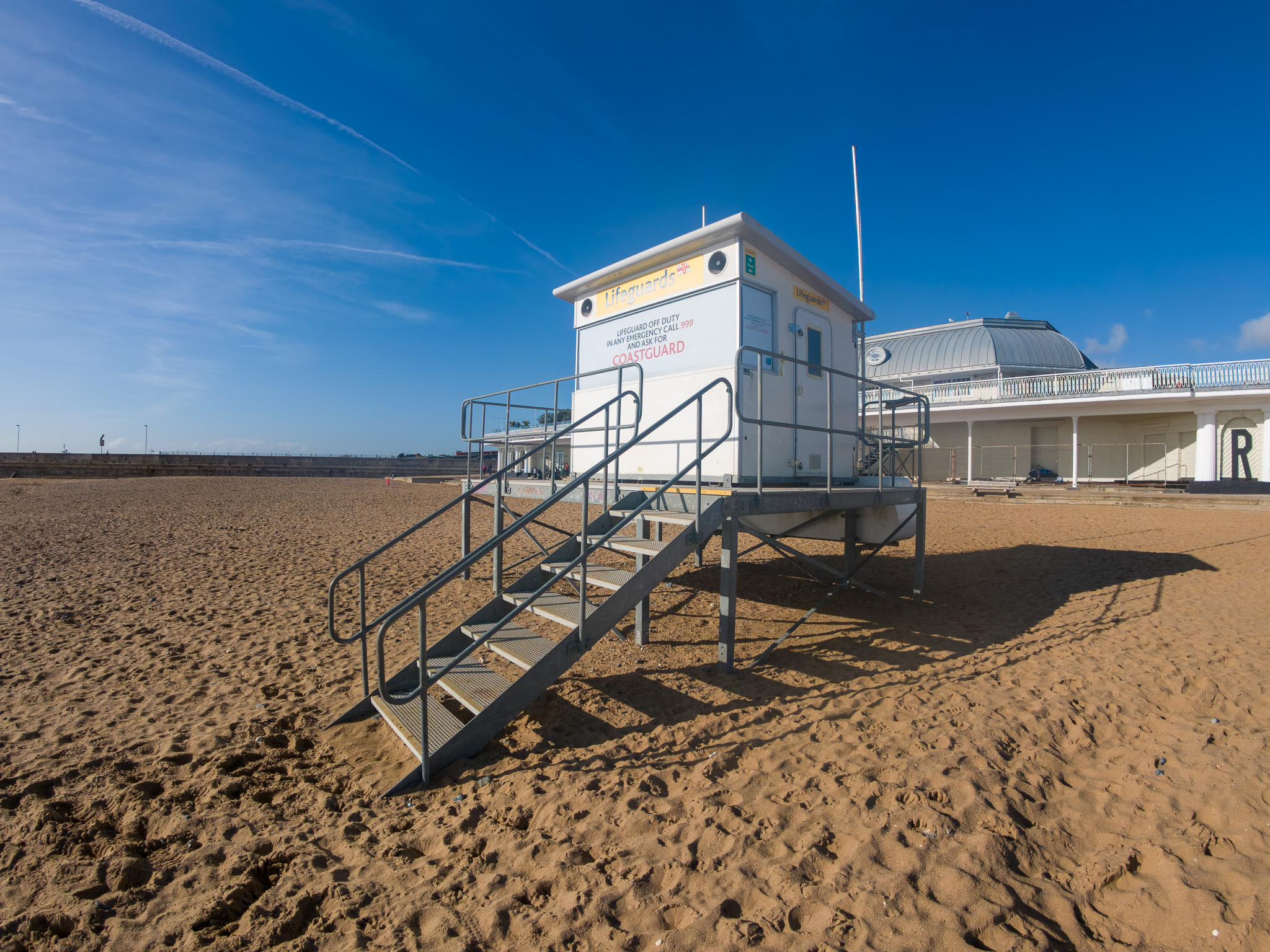
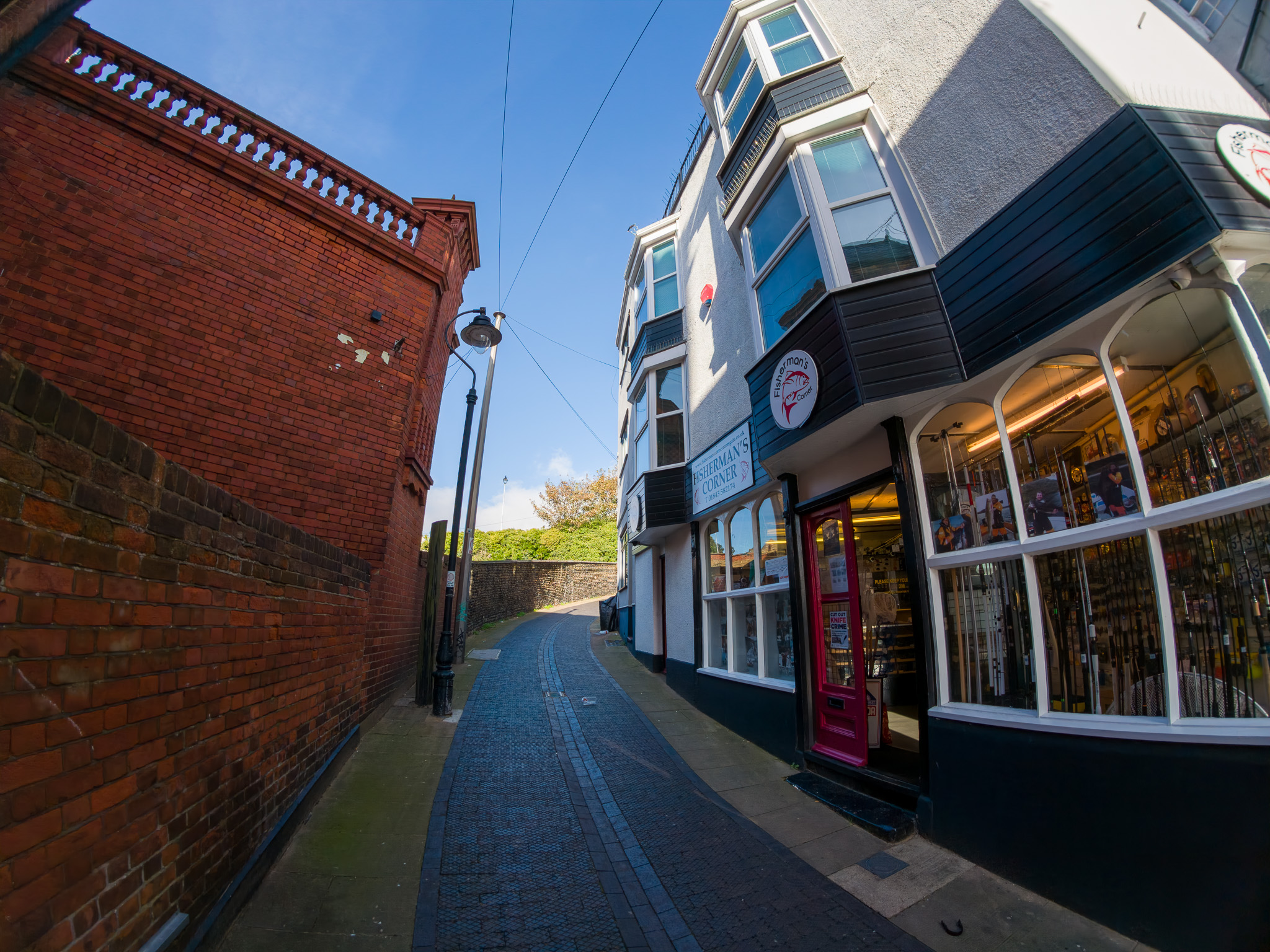


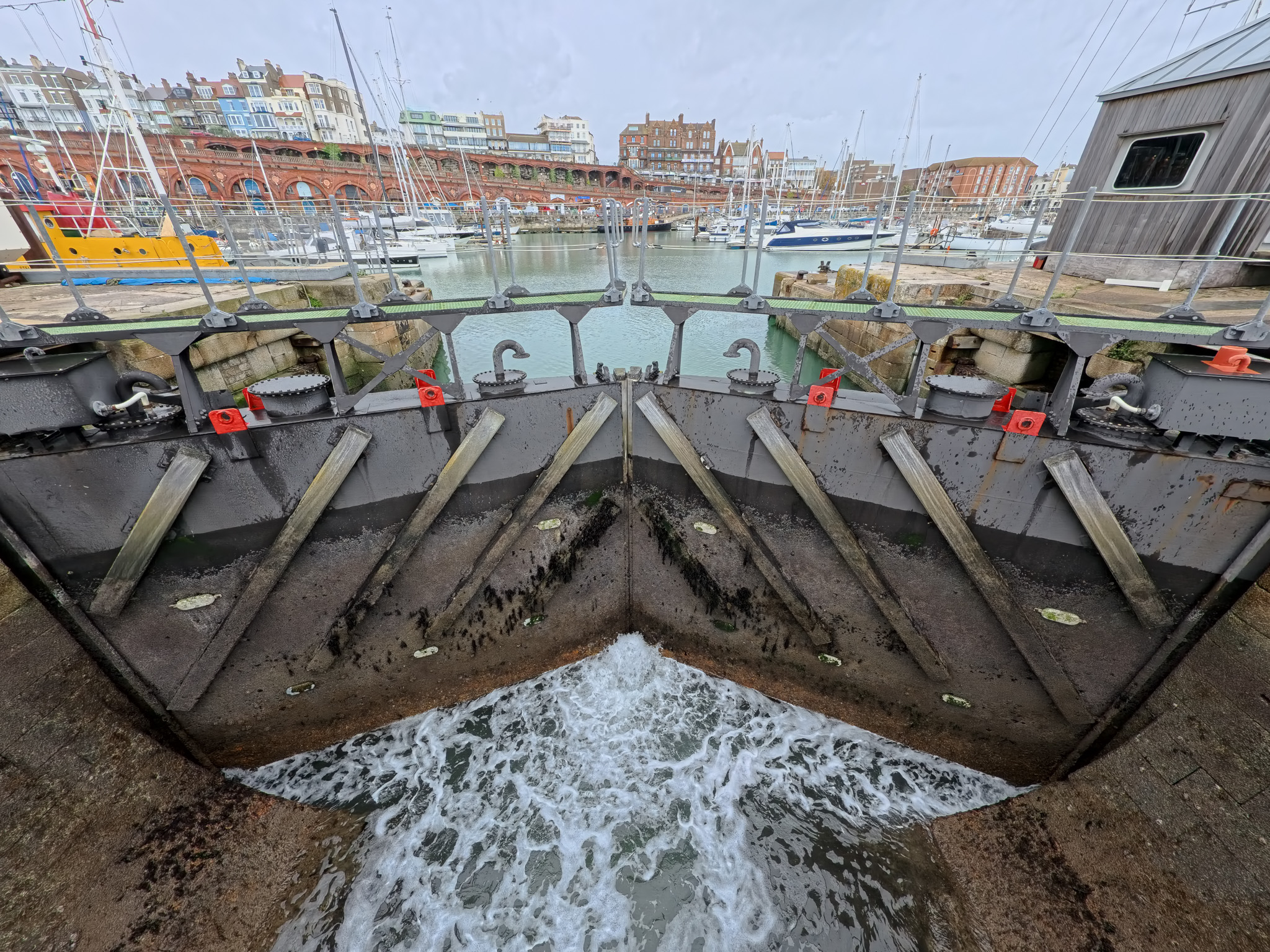
The Ace Pro 2 can also take photos (in JPEG and/or DNG RAW) at 12.5MP or 50MP resolution, and while I’ve personally never been a fan of using action cameras for still photography, it does as good a job at it as any of its major rivals. The JPEGs tend to look over-processing and over-sharpened; when I shot images in RAW and processed them myself in Lightroom I was able to achieve much more natural-looking results.
- Image quality score: 4.5/5
Insta360 Ace Pro 2: testing scorecard
| Price | On a par with rivals, if slightly pricier than a DJI Osmo 5 Pro | 4/5 |
| Design | Rugged and small, with a unique flip-up screen and wind guard | 4.5/5 |
| Features & Performance | Strong stabilization, decent battery life and solid audio options | 4.5/5 |
| Image and video quality | Decent in low light and excellent in daylight | 4.5/5 |
Should I buy the Insta360 Ace Pro 2?
Buy it if...
You absolutely must have 8K footage
Currently this is the best 8K action camera on sale, so if you really require video recording in this resolution it’s the top choice.
You want an all-round image quality performer
With its excellent video performance in good lighting and more than acceptable performance in low light, it’s a jack of all trades.
You hate tiny screens
The Ace Pro 2’s 2.5-inch screen beats its rivals’ dual-screen setups for size. Ideal if you want clearer-looking previews and menus.
Don't buy it if...
You're expecting 8K recording to transform your life
You probably don’t need 8K video, and the Ace Pro 2’s execution of it comes with loads of caveats. It’s still a niche recording mode.
You like to switch between front and back recording quickly
The dual-screen setups of DJI and GoPro rivals suit this style of shooting better than the Ace Pro 2’s flip screen.
Insta360 Ace Pro 2: also consider
GoPro Hero 13 Black
GoPro’s flagship is a polished performer, recording gorgeous 5.3K video and supporting a wide range of accessories – including the auto-detected Lens Mods that drastically widen its creative options. It also features built-in GPS, and finally supports the faster magnetic mounting system already used by rival action cam makers.
Read our in-depth GoPro Hero 13 Black review
DJI Osmo Action 5 Pro
Stacked with unique features like wireless Hi-Res audio recording when using a DJI Mic 2 and blessed with excellent battery life, class-leading waterproofing and a generous 47GB of built-in storage, the dual-screen Action 5 Pro is a worthy alternative to the Ace Pro 2. It’s also cheaper than its close rivals, although it doesn’t record 8K, maxing out at 4K/120p.
Read our in-depth DJI Osmo Action 5 Pro review

How I tested the Insta360 Ace Pro 2
- A week of vlogging and biking
- Various weather conditions and times of day
- Footage edited using Davinci Resolve Studio 19
I spent a week using a pre-release version of the Insta360 Ace Pro 2, capturing vlog-style and cycling videos at different times of the day and in different weather conditions. I also tested battery life and heat management by allowing the camera to continuously record until the battery died or the camera overheated and shut down.
I recorded video at different resolutions and frame rates, using different color profiles and video modes and with the various forms of stabilization on or off. Footage was later edited on my MacBook Air using Davinci Resolve Studio 19 software, which I used to color grade and correct some clips.
First reviewed October 2024
Sam has been writing about tech and digital culture for over 20 years, starting off in video games journalism before branching out into the wonderful worlds of consumer electronics, streaming entertainment and photography. Over the years he has written for Wired, Stuff, GQ, T3, Trusted Reviews and PC Zone, and now lives on the Kent coast in the UK – the ideal place for a camera reviewer to ply their trade.
